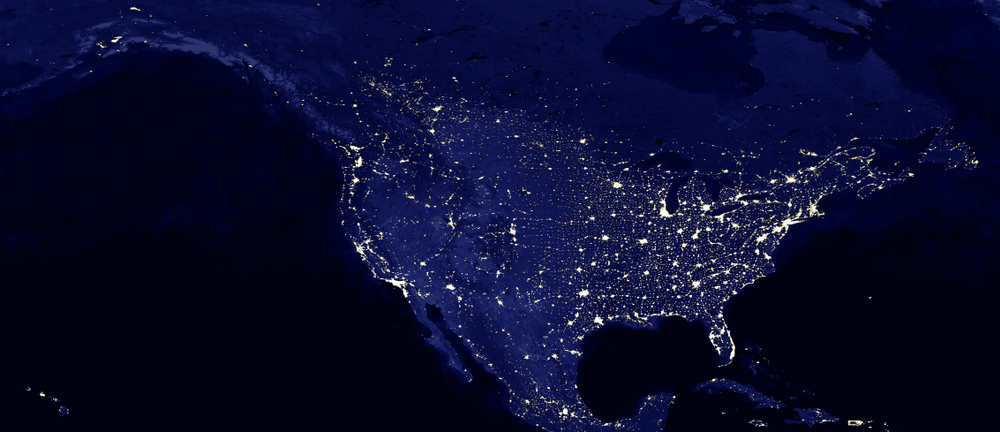Sandia launches two multiyear security initiatives for US energy grid, nuclear weapons systems

Sandia National Laboratories recently launched two initiatives to shore up technological defenses for the U.S. energy grid and nuclear weapons systems.
Up to $40 million in total funding is being pumped into the Resilient Energy Systems campaign, meant to defend large U.S. electrical utility systems from attacks by hostile nations and the more traditional natural disasters. Many of these systems were built during simpler times — the early 20th century, when hacking and complex computer systems were not anywhere on the horizon.
“The original electric grid was not designed with security in mind against cyberhacks, or protection from electromagnetic disturbances, or natural disasters such as hurricanes or geomagnetic solar storms,” Craig Lawton, portfolio manager, said. “The primary objective of our mission portfolio is to mitigate vulnerabilities caused by antiquated technology in transformers and other components. Solutions require research, and we’re looking for collective inputs of ideas from researchers in industry, utility companies, universities, other labs, and of course, Sandia.”
As they are updated to assist modern needs, these systems become vulnerable to hacking efforts that could alter or disable them — a situation that could leave thousands, spread across large geographic areas, without power.
“Electricity runs almost everything in modern society,” Lawton said. “Without it, food goes bad, hospitals can’t function, credit cards don’t work. Dams letting out prescribed amounts of water and gas pipelines operate autonomously through codes.”
As a result, the lab is working to find workarounds to potential problems both cyber and beyond, like how to deal with electromagnetic pulses frying unprotected circuits or losing too many generators at once.
A second $40 million research campaign — Assured Survivability and Agility with Pulsed Power — wants to establish technical capabilities to aid the U.S. strategic nuclear arsenal. It intends to do so by exploring technologies that use brief, potent bursts of electrical energy that simulate nuclear explosions without the need for actual nuclear tests. This, scientists believe, will allow greater insight into impacts on electronics and materials, without the risk.
“Our nuclear weapons systems have been relatively static, while the capabilities and technologies used by our potential adversaries are evolving at a rapid pace,” Kyle Peterson, the Sandia physicist who developed and leads the mission, said. “We must be more agile in identifying potential threats to maintain an effective deterrent against hostile military actions.”
That mission will also likely come to encompass things like greater efficiency in electrical generation, more accurate data for astrophysicists, and a push to achieve one of physics’ great goals: high-yield fusion.
